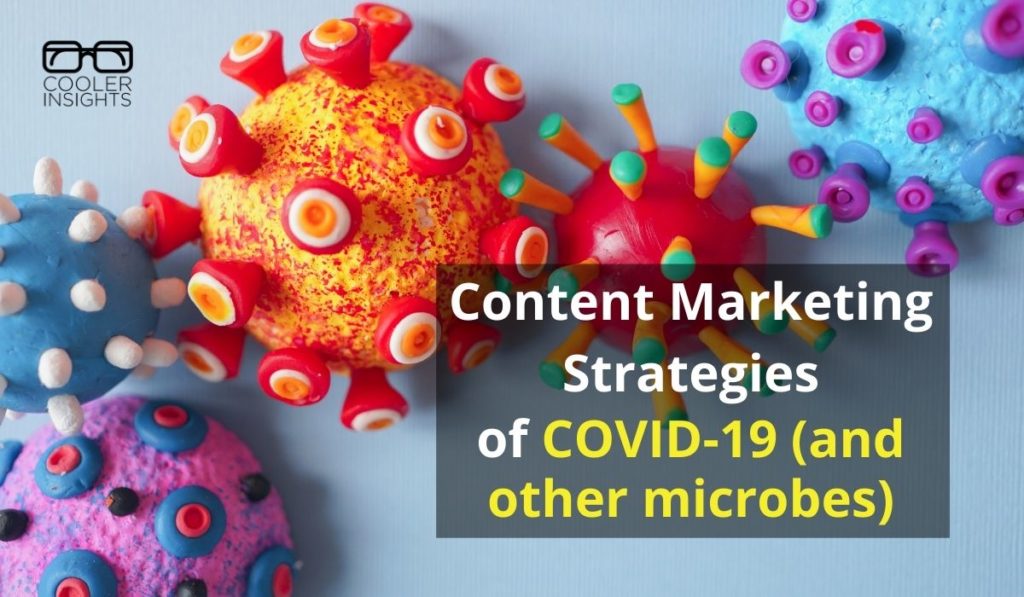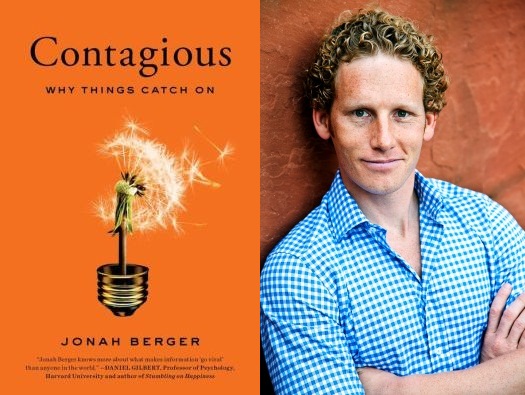
Courtesy of Crazy Rich Asians Movie
It is an Americanised version of Singapore. It is racist and bigoted.
Plus, the author of the book and co-producer of the movie is a National Service defaulter.

Courtesy of Crazy Rich Asians Movie
It is an Americanised version of Singapore. It is racist and bigoted.
Plus, the author of the book and co-producer of the movie is a National Service defaulter.
Courtesy of We Are Animal
Why do some online stories spread while others eat the proverbial digital dust?
That is the number one question befuddling digital and social media marketers around the world. In a world that is swimming around in content clutter, your old “spray and pray” methods of advertising and promotions are dead.

We’re battling against serious content clutter (source of image)
Every day, companies generate tonnes of content on social media channels like blogs, forums, Facebook, Twitter, Google+, LinkedIn, Instagram, Pinterest, YouTube and more.
Ranging from text, photos, videos, podcasts, to games and apps, the sea of social media content is scary. In fact, we marketers are constantly battling for attention in an endless content battlefield.

Nobody likes to fall ill. Especially now that the Covid-19 pandemic has besieged us all.
From viruses and bacteria to fungi, mycoplasma to plasmodium, germs are a terrible bane of our daily lives.

Courtesy of Jonah Berger
Do you know why some content and ideas “go viral” while others sputter along?
Wonder how you can make your articles, videos or photos spread more readily through viral marketing?

Courtesy of this YouTube Channel
Have you heard of the PPAP song? If you haven’t, you must’ve been living on another non-digital planet.
Also known as the Pen Pineapple Apple Pen song, the short 51 second ditty by Japanese comedian Kazuhiko Kosaka (who plays the fictional character named Piko-Taro) has sparked off an endless number of memes around the planet.

Courtesy of STOMP
Are we Singaporeans too straight-laced to stomach marketing gags? Do we like our advertisements to be plain, direct, and in-your-face?
More importantly, are guerrilla marketing campaigns doomed to a hairy end?

Source: Frat House Sports
By now, almost everybody plugged into social media (including my friends Ivan Chew, Kevin Lim, Siva and Lucian) would have heard of how Old Spice, a heritage toiletry brand (used by one’s granddad) managed to reinvent itself through the Old Spice Man Youtube channel. The idea was developed by marketing agency Wieden + Kennedy and involved the shooting of real-time marketing videos while leveraging on social media networks.
Here’s an example of the commercials which have been circulating on Youtube and garnering massive views:

Participants of one of Singapore’s first Flash Mob (Courtesy of nuffnangsg)
By now, almost everybody would have heard of the phenomenon of flash mobbing, which is essentially involves an orchestrated mass activity where people congregate in a particular location to perform a specific act. According to Wikipedia, flash mobs are normally mobilised through social media channels like viral emails, SMSes, social networking platforms (especially Facebook and Twitter) or other social media channels.
The most famous Flash Mob group on the planet is probably Improve Everywhere based in New York City which is founded by Charlie Todd in August 2001. With more than 80 missions under its belt, the worldwide group is probably the most prolific flash mobbing organisation on the planet.

Courtesy of viralblog.com
Humour works in advertising. It grabs your attention, makes you laugh, and gives you a nice endorphin rush.
It also makes you more positively inclined towards a particular brand, especially if its cleverly done without trying too hard. In fact, some commercials can be even more entertaining than comedy shows on television!